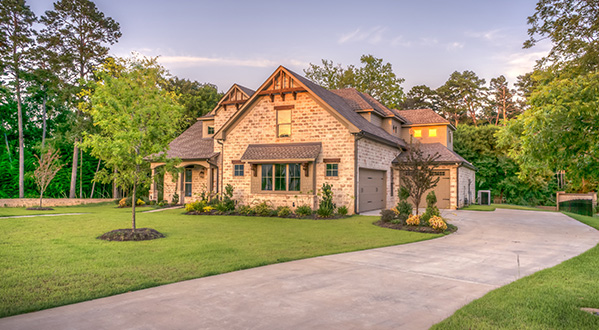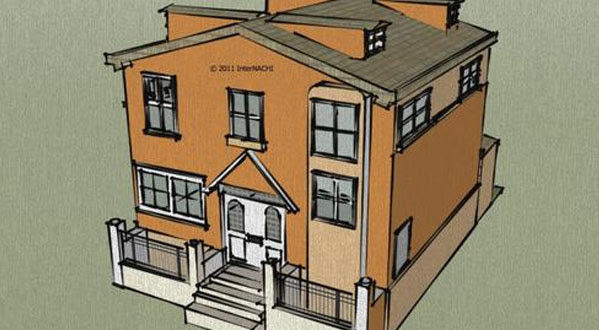Blog
Your Attic: What to Look For
An attic is an unconditioned space between the roof and the ceiling or walls of the building’s inhabited rooms. In a small house with a pitched roof, the attic is usually partially or fully accessible. In a house with a low-slope roof, it may be inaccessible or virtually nonexistent.
Roof Leaks: Look for signs of and monitor water leakage from the roof above and try to locate the source. This may be difficult to do beneath built-up roofs or loosely laid and mechanically fastened single-ply roofs, since water may travel horizontally between layers of roofing materials.
Attic Ventilation: Signs of inadequate ventilation are rusting nails (in roof sheathing, soffits, and drywall ceilings), wet or rotted roof sheathing, and excessive heat buildup. Adequate attic ventilation can be measured by calculating the ratio of the free area of all vents to the floor area. The free area of vents is defined as their clear, open area. If a vent has an insect screen, its free area is reduced by half. The free vent area-to-floor area ratio should be 1 to 150. If the calculated ratio is less, consider adding ventilation, especially if you’re in a hot and humid climate.
If the attic also contains an occupied space, check that the ventilation from the unconditioned, unoccupied areas at the eaves is continuous to the gable or ridge vents. Also check that the free area of eave vents is approximately equal to the free area of ridge or gable vents. If ventilation appears to be inadequate and additional vents cannot be added economically, consider adding mechanical ventilation.
Vents and Birds: Make sure ventilation openings are clear of dirt and debris. At larger ventilation openings on a building’s exterior and where louvered grilles are used, such as at gables, check for the presence of 1-½-inch-square 14- or 16-gauge aluminum mesh bird screen. If there is none or it is in poor condition, consider having new bird screen installed.
Plumbing Stacks and Exhaust Ducts: All plumbing stacks should continue through the roof and should not terminate in the attic. The stack pipes should not be loose, broken or damaged. Exhaust ducts should not be kinked, broken or damaged. They should not terminate in the attic but should continue through the roof, gable or wall.
We service: In Georgia we service Moultrie, Albany, Tifton, Valdosta,and surrounding counties. In Florida we service: Tallahasse,Monticello, Lake City, Perry, and through out the big bend area.
‹ Back







Comments